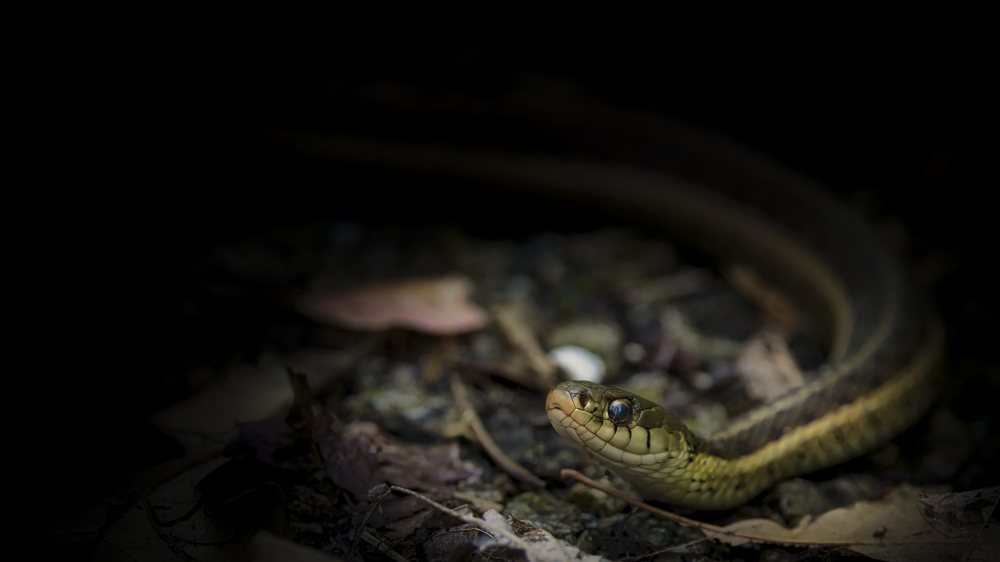
Purple Martin
(Progne subis)
The Purple Martin (Progne subis) is a species of bird that is native to North America. It is well-known and admired for its striking plumage, acrobatic flight, and its tendency to nest in human-made structures. Here are some key facts about the Purple Martin:
Appearance:
The Purple Martin is a medium-sized bird measuring about 7.5 to 8.75 inches (19 to 22 cm) in length. Adult males have a dark, iridescent blue-black plumage, which appears deep purple in certain lighting conditions. Females and immature birds have a lighter grayish-brown plumage. Both sexes have a slightly forked tail and a stout bill.
Habitat:
Purple Martins are highly dependent on human-made housing for nesting. They typically breed in colonies consisting of multiple pairs, with each pair occupying a separate nest cavity. Traditional nest sites include large, multi-compartment birdhouses known as "martin houses" and specially designed gourd-shaped nest boxes. These structures are often erected on tall poles or placed in open areas near water, such as marshes, open fields, or near lakes and rivers.
Migration:
Purple Martins are neotropical migrants, meaning they spend their breeding season in North America and migrate to South America for the winter. They are among the last North American songbirds to arrive for the breeding season and one of the earliest to depart, undertaking long-distance migrations. Their wintering grounds range from Central America to the Amazon rainforest in South America.
Behavior:
Purple Martins are known for their graceful and agile flight, often performing acrobatic aerial displays to catch flying insects on the wing. They feed on a variety of insects, including dragonflies, beetles, flies, and wasps. Purple Martins are highly sociable and vocal birds, with males producing a complex and melodious song to attract mates and establish territories.
Breeding:
The breeding season for Purple Martins typically begins in late spring or early summer. They are cavity-nesting birds and require appropriate nest sites for successful reproduction. Males arrive first and establish territories, singing to attract females. Once paired, the female constructs the nest using grasses, twigs, and other soft materials. A clutch usually consists of 4 to 6 white eggs, which both parents incubate for about 15 to 17 days. Both parents also participate in feeding and caring for the young until they fledge after about 26 to 32 days.
Conservation:
The conservation of Purple Martins often involves providing and maintaining suitable nest structures, as their reliance on human-made housing has increased due to the decline of natural nesting sites. Conservation efforts include installing and monitoring nest boxes, as well as protecting and enhancing habitats near water bodies that support healthy insect populations.
Purple Martins are highly regarded and cherished by many bird enthusiasts, who often go to great lengths to attract and support their breeding colonies. Their presence not only brings joy to observers but also helps control insect populations, making them valuable contributors to ecosystem balance.
